Taste your way through some of Europe's most unusual local delicacies.
When travelling through Europe, often the best part is sampling the delicious cuisine that varies from one country to the next. With every Michelin-starred restaurant, there's a local diner where the very best, and often more unusual, local delicacies are served. If you're feeling adventurous, and want to challenge your taste buds, follow our inspiring guide to the most cherished, yet strangest, dishes throughout the continent.
France
Escargot
This typical French dish consists of land snails, which have been removed from their shells, cooked in garlic butter, and then placed back in their shells for presentation purposes. The molluscs are seasoned with fresh herbs, such as parsley and thyme, and are often served with pine nuts in a garlic sauce.
When dining out, you'll be provided with specialist cutlery, which include a tong to hold the shell, and a fork to pick out the tender meat of the snail.
Cuisses de Grenouille
Cuisses de Grenouille, or frog legs, is a true French delicacy, and a dish that's renowned across the English speaking world. Traditionally, this dish is eaten in the region of Dombes, in the south of the country, where it's often served grilled and smothered with garlic, butter and fresh herbs.
The dish mainly uses the back legs of a frog, and the texture is often compared to that of chicken, with the flavour having hints of fish. If you can get past the thought of eating a frog, this is a delightful delicacy that you'll learn to love.
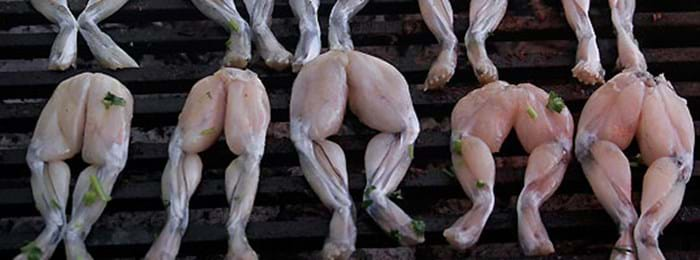
Frog legs being grilled with herbs
Andouillette sausage
The andouillette sausage is a coarsely cut sausage made from pork intestines, wine, and onions, and is seasoned with pepper. A true andouillette sausage is rarely seen outside of France, so if you're unsure you're buying the real thing at the local market, you'll be able to confirm by catching the strong, distinct odour the sausages omit. Although you may be put off initially by the thought of eating this unusual sausage, it has a large fan following from around the world, known as the Association Amicale des Amateurs d'Andouillette Authentique.
The sausage can be served hot or cold, depending on your preference, but one of the best ways to enjoy this strange delicacy is with a rich red wine sauce.
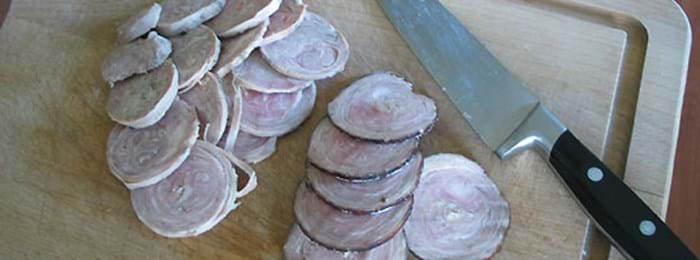
Can you brave the smell of the andouillette sausage?
Germany
Zungenwurst
Otherwise known as blood tongue, zungenwurst is a German head cheese that's made up of pig's blood, suet, bread crumbs, oats and pickled cow tongue. It tastes delicious when sliced and fried in butter, so don't be put off by the clear jelly casing that reveals the tongues and blood inside.
If you fancy trying this when travelling through Germany, as well as the many other head cheeses available, visit one of the local delicatessens.
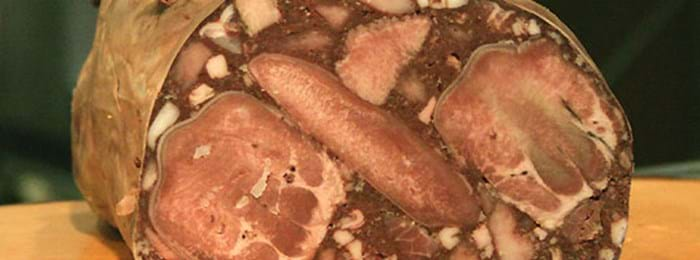
Slices of zungenwurst go perfectly in sandwiches.
The Netherlands
Paardenrookvlees
Paardenrookvlees, or smoked horse meat, is a Dutch delicacy that's commonly served sliced and in sandwiches. If you want to try it out during your trip to the Netherlands, make your way over to a local delicatessen, where it's often prepared and sliced on site.
Paardenrookvlees is not alone in Dutch cuisine; horse meat is a popular alternative to beef in the country, and can be found in many restaurants across the country. In Amsterdam, the Steakhouse Piet de Leeuw restaurant is a great example of chefs producing great tasting beef and horse steaks. Enjoy the succulent horse steaks with a large portion of crispy fries, and end your meal with delicious vanilla ice cream with a topping of your choice.
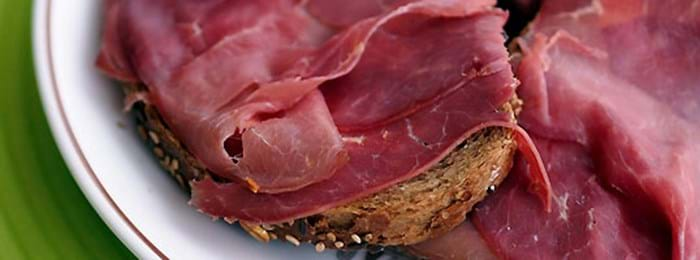
Dig into smoked horse meat.
Portugal
Dobrada Guisada
This Portuguese tripe stew is a popular dish amongst locals, despite its unusual main ingredient of offal. This traditional dish is common in the city of Porto, and is often cooked with beans, vegetables and sausages in a rich sauce, and served with polenta.
The love for tripe goes back many years, right into the medieval ages, and now the meat is so much a part of the city's culture, that the locals of Porto are often referred to as tripeiros, or tripe eaters. The famous dish can be found in most restaurants in Porto, so just grab a table and ask the waiter for a generous helping of dobrada guisada.
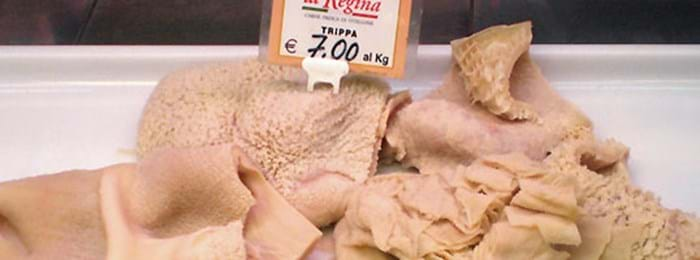
Tripe is a popular ingredient in Portuguese cuisine.
Italy
Casu Marzu
Casu Marzu is a Sicilian sheep's milk cheese, and is often referred to as maggot's cheese because of the live larvae that lives inside it. The cheese is created when pecorino cheese is left outside with the top of the rind removed to ferment, and to allow the piophila casei fly to lay eggs inside the cheese. As the maggots begin to eat their way through the cheese, the acid from their digestive system breaks down the cheese's fats to give it the soft texture its renowned for.
The cheese can only be eaten when the maggots are alive, and as they can jump up to six inches when disturbed, it's advised that you cover your face when eating. To truly enjoy this unusual cheese, it is best to spread it onto pieces of the traditional Sardinian flat bread, pane carasau.
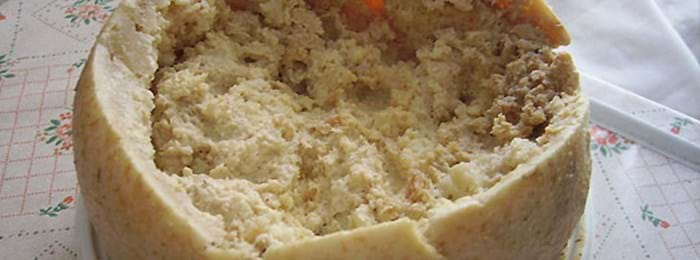
Sample the soft casu marzu cheese, just watch out for those flying maggots!
Stracotto d'asino
If you ever find yourself in the historical region of Lombardy, a great local delicacy to try is stracotto d'asino, or donkey stew. During the 19th century, this dish was a well-loved winter meal that took around eight hours to cook, which left the usual sinewy meat tender and soft. Nowadays, the meat is cooked with red wine, tomato sauce, juniper berries and bay leaves, making it a delicious meal to enjoy during a cosy evening in.
Spain
Angulas
Angulas are baby eels, which measure just three inches long, and look like small silvery pieces of spaghetti. Although petite in size, these delicious delicacies come priced at over 1,000 Euros per kilogram, making them an expensive treat. If you do decide to invest in a portion of these during your Spanish travels, treat them with the care and attention they deserve when cooking. For the best result, fry them with garlic, chili and salt, and eat them while they're still hot.
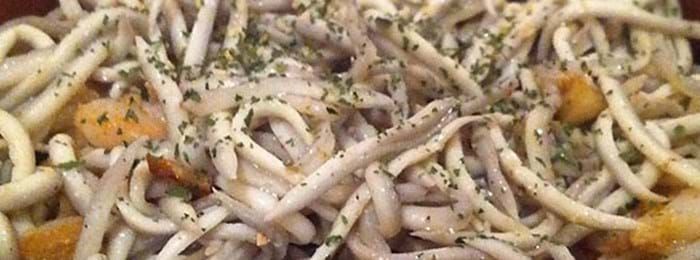
Enjoy the expensive taste of Spain's angulas.
Getting there and around
If you're feeling adventurous, and fancy sampling one of these unusual culinary delicacies, make sure you book your journey with Eurotunnel Le Shuttle. It only takes 35-minutes to cross the Channel, so you'll be enjoying paardenrookvlees sandwiches and escargot in no time at all.
Book your journey